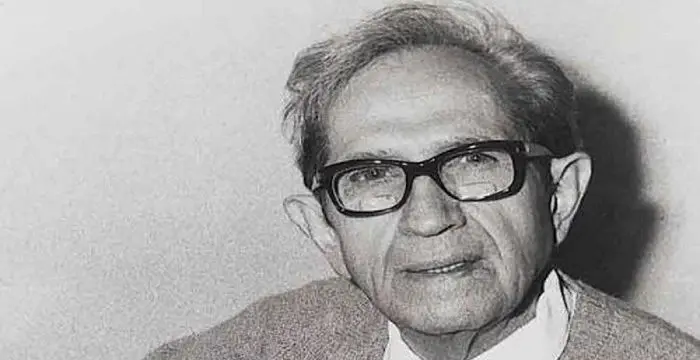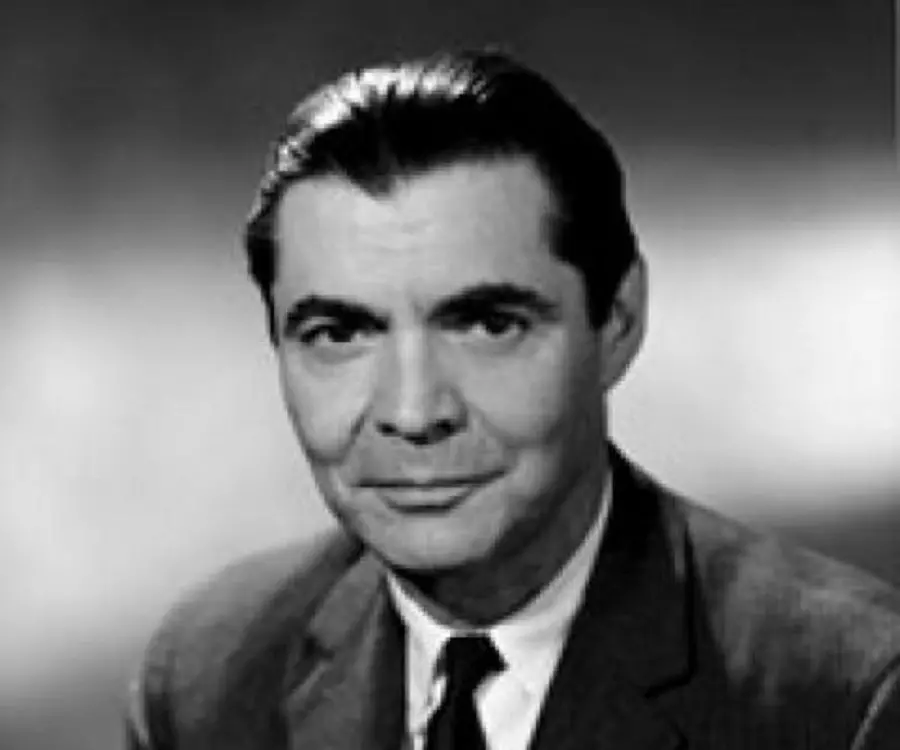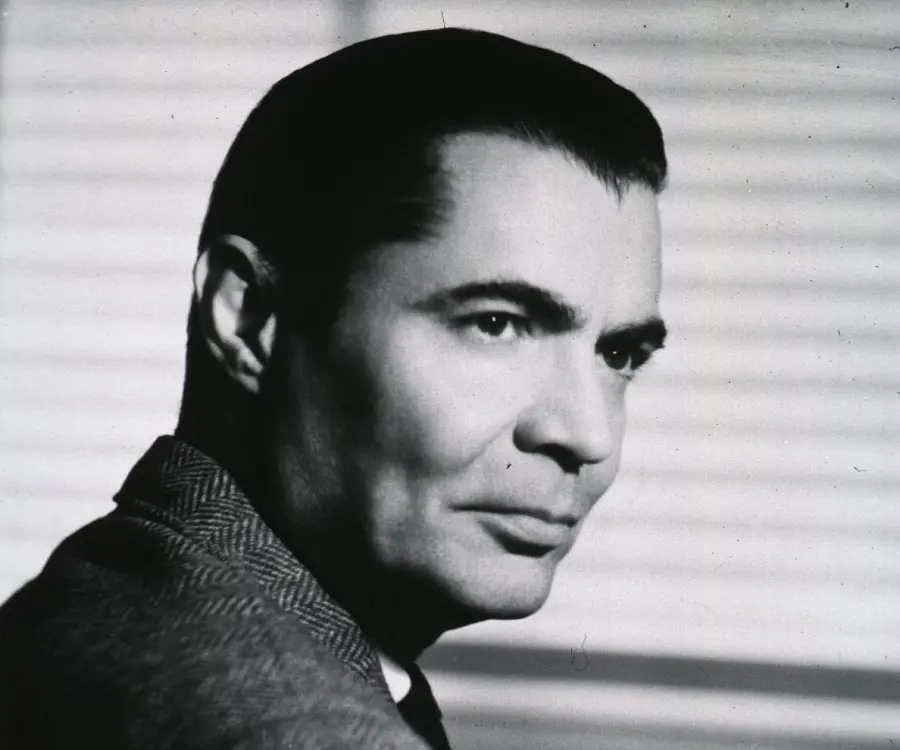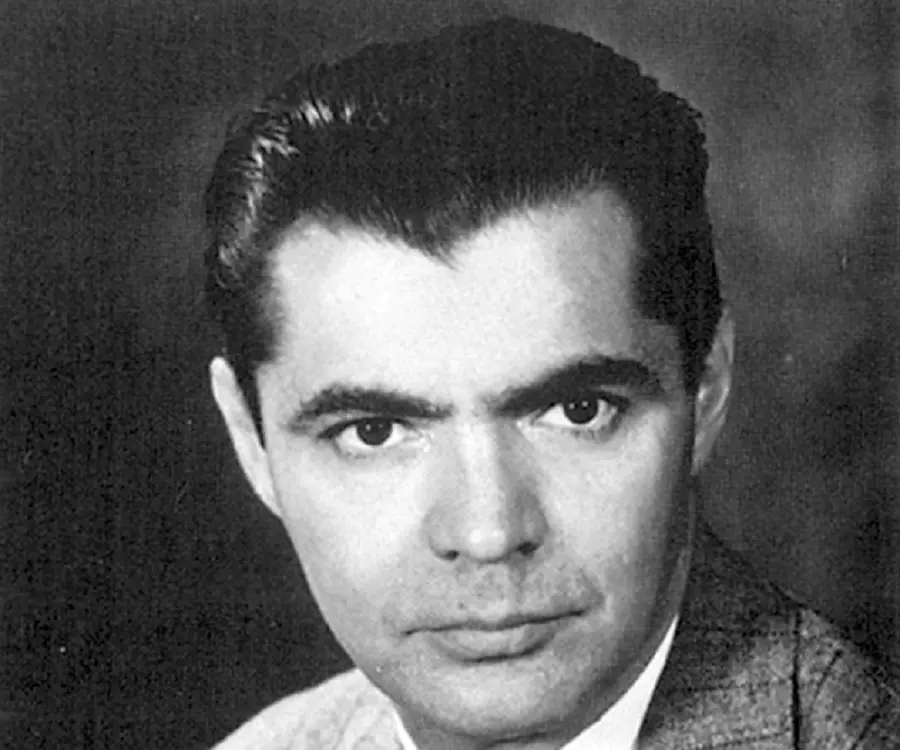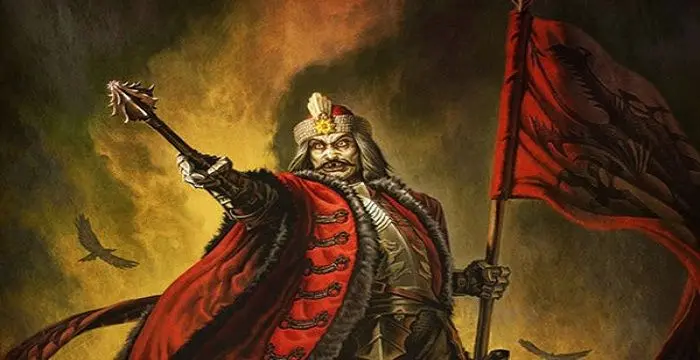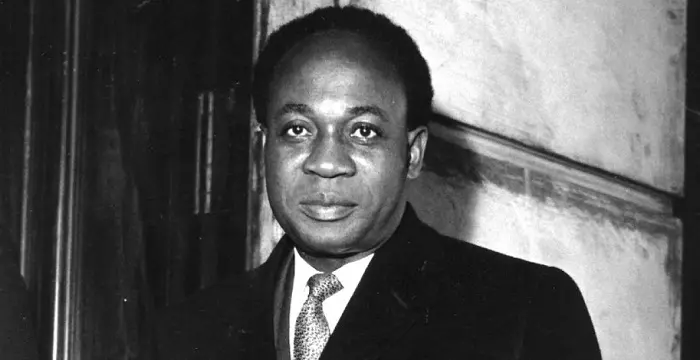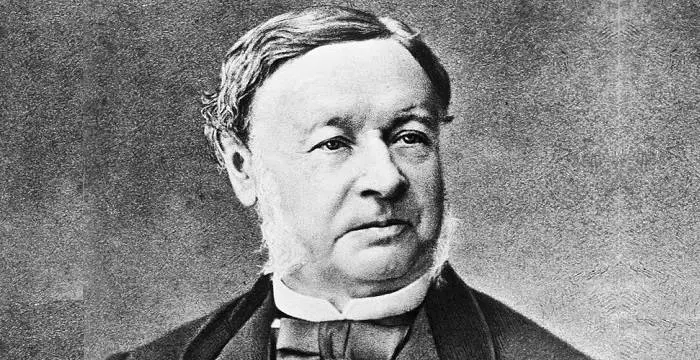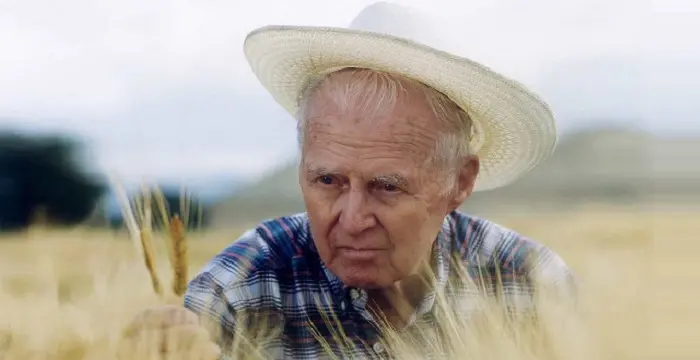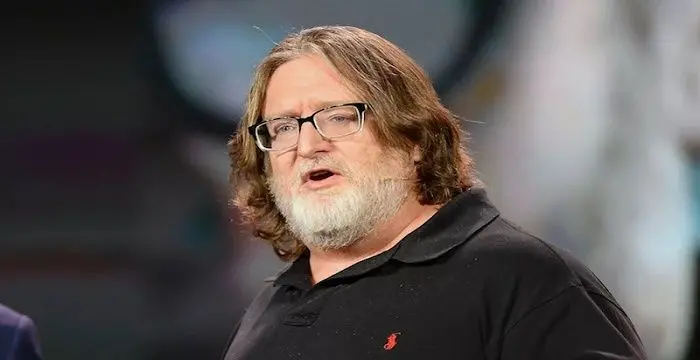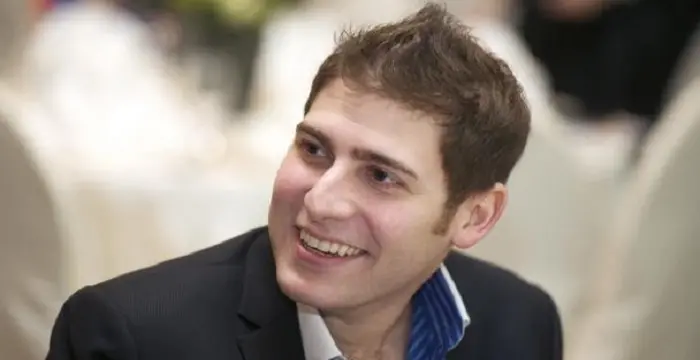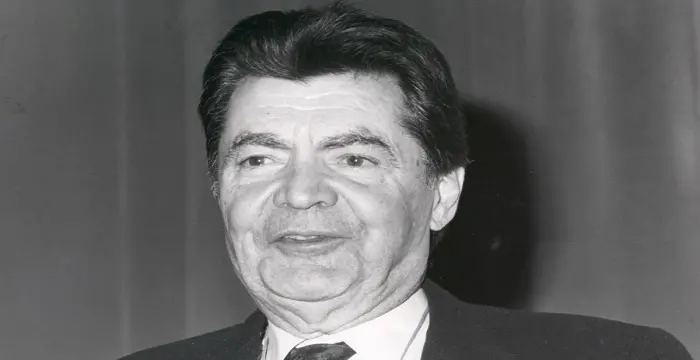
George E. Palade - Cell Biologist, Family and Facts
George E. Palade's Personal Details
George E
| Information | Detail |
|---|---|
| Birthday | November 19, 1912 |
| Died on | October 7, 2008 |
| Nationality | Romanian |
| Famous | Scientists, Biologists, Cell Biologist, Romanian Men |
| Spouses | Marilyn Farquhar |
| Childrens | Georgia Palade van Dusen |
| Birth Place | Iași, Romania |
| Gender | Male |
| Sun Sign | Scorpio |
| Born in | Iași, Romania |
| Famous as | Cell Biologist |
| Died at Age | 95 |
// Famous Cell Biologist
Albert Claude
Albert Claude was a Belgian medical doctor and cell biologist who was awarded the Nobel Prize in Physiology or Medicine in 1974. This biography profiles his childhood, life, works, achievements and timeline.
George E. Palade's photo
Who is George E. Palade?
George E. Palade was a Romanian-American cell biologist who, along, Albert Claude and Christian de Duve, was one of the co-recipients of the 1974 Nobel Prize in Physiology and Medicine. Palade is considered to be "the most influential cell biologist ever.” He was much acclaimed for his innovations in electron microscopy and cell fractionation which paved the way for the development of modern molecular cell biology. Born in Romania to a professor father and a teacher mother, he was raised in an intellectually stimulating environment and acquired a great respect for books, scholars and education early on. His father hoped that his son would study philosophy but George was more interested in science, especially medicine. He received his M.D. in 1940 from the Carol Davila School of Medicine in Bucharest and eventually moved to the United States to do postdoctoral research. He became acquainted with Albert Claude at the Rockefeller Institute for Medical Research and the two men worked together for some time. Palade performed many studies, using electron microscope, to examine the internal organization of such cell structures as ribosomes, mitochondria, chloroplasts, and the Golgi apparatus. He received much attention for his contribution to the development of the technique called cell fractionation which played a vital role in the development of modern molecular cell biology.
// Famous Romanian Men
Sebastian Stan
Sebastian Stan is a Romanian-American actor. Check out this biography to know about his childhood, family life, achievements and fun facts about his life.
Vlad the Impaler
Vlad the Impaler or Vlad Dracula was a 15th-century voivode (or prince) of Wallachia. Check out this biography to know about his birthday, childhood, family life, achievements and other facts about him.
Kwame Nkrumah
Kwame Nkrumah was the first president and first Prime Minister of Ghana after nation’s independence from British rule. This biography provides detailed information on his childhood, life, career, achievements and timeline.
Childhood & Early Life
George Emil Palade was born on November 19, 1912, in Iași, Romania. His father, Emil Palade, was a professor of philosophy and his mother, Constanta Cantemir-Palade, was a teacher.
He grew up in an intellectually stimulating environment and his parents instilled in him a great love for books and education.
His father hoped that he would follow in his footsteps and study philosophy but young George was more interested in the sciences. So he joined the School of Medicine of the University of Bucharest in 1930.
While studying medicine he developed a strong interest in basic biomedical sciences and was greatly influenced by Francisc Rainer and André Boivin, professors of Anatomy and Biochemistry, respectively.
He started working in the Anatomy laboratory while still in medical school and also underwent six years of hospital training. He did his doctoral thesis in microscopic anatomy on the nephron of the cetacean Delphinus Delphi and received his M.D. in 1940.
Career
George E. Palade embarked on an academic career and became a professor at the Carol Davila University where he served until 1946. Then he went to the United States to do postdoctoral research.
He went to the Rockefeller Institute for Medical Research, now Rockefeller University where he joined Albert Claude in his research. Initially Palade worked on cell fractionation procedures and collaborated with Hogeboom and Schneider to develop the "sucrose method" for the homogenization and fractionation of liver tissue.
He also performed vital studies on the internal organization of such cell structures as mitochondria, chloroplasts, the Golgi apparatus, and others. He had a particular interest in microsomes, and became the first to observe what was subsequently named ribosomes.
In 1952, he became a naturalized citizen of the United States and was appointed a professor of cytology at Rockefeller Institute in 1958.
In the 1960s, Palade worked on the secretory process using two different approaches, the first of which relied exclusively on cell fractionation. He collaborated with Philip Siekevitz, Lewis Joel Greene, Colvin Redman, and others on this approach which culminated in the discovery of the segregation of secretory products in the cisternal space of the endoplasmic reticulum.
He teamed up with Lucien Caro and James Jamieson to work on the second approach which relied primarily on radioautography. The investigations involved experiments on intact animals or pancreatic slices and paved the way for further research on the synthesis and intracellular processing of proteins.
He left the Rockefeller University in 1972 to join the Yale University Medical School where he became the chairman of the new department of cell biology.
In 1990, Palade moved to the University of California, San Diego (UCSD) School of Medicine, where he became the first dean for scientific affairs. He also served as professor of medicine and established an exceptional cell biology program. He retired in 2001.
Major Works
Palade was the first person to observe ribosomes using an electron microscope. The ribosome is a cellular machine which is responsible for the synthesis of proteins in cells and is found in all cellular organisms.
In collaboration with his colleagues he performed a series of investigations on membrane biogenesis in eukaryotic cells using as model objects either the endoplasmic reticulum of mammalian hepatocytes or the thylakoid membranes of a green alga. These studies shed new light on endoplasmic reticulum (ER), a type of organelle in the cells of eukaryotic organisms.
Awards & Achievements
In 1967, he received the Gairdner Foundation International Award.
The 1970 Louisa Gross Horwitz Prize for Biology or Biochemistry was awarded jointly to George E. Palade, Albert Claude, and Keith R. Porter.
George E. Palade, Albert Claude and Christian de Duve jointly won the Nobel Prize in Physiology or Medicine 1974 "for their discoveries concerning the structural and functional organization of the cell."
Personal Life & Legacy
George E. Palade’s first marriage was to Irina Malaxa which produced two children. His wife predeceased him.
He married Marilyn Gist Farquhar, a cell biologist, in 1970. He had two step-children from this marriage.
He died on October 7, 2008, at the age of 95.
// Famous Biologists
Juliane Koepcke
Juliane Koepcke is a German-Peruvian biologist, who was the lone survivor among the 92 passengers and crew of the ill-fated LANSA Flight 508 that crashed in the Peruvian rainforest on 24 December 1971. Know more about her life in this biography.
Theodor Schwann
Theodor Schwann was a German physiologist who discovered the Schwann cells in the peripheral nervous system. This biography of Theodor Schwann provides detailed information about his childhood, life, achievements, works & timeline.
Norman Borlaug
Norman Borlaug was an American biologist known as the “Father of the Green Revolution”. This biography of Norman Borlaug provides detailed information about his childhood, life, achievements, works & timeline.
George E. Palade's awards
| Year | Name | Award |
|---|---|---|
Other | ||
| 1986 | National Medal of Science for Biological Sciences | |
| 1967 | Gairdner Foundation International Award | |
| 1981 | E.B. Wilson Medal | |
| 0 | 1974 - Nobel Prize in Physiology or Medicine | |
| 0 | 1966 - Albert Lasker Award for Basic Medical Research | |
| 0 | 1970 - Louisa Gross Horwitz Prize | |
George E. Palade biography timelines
- // 19th Nov 1912George Emil Palade was born on November 19, 1912, in Iași, Romania. His father, Emil Palade, was a professor of philosophy and his mother, Constanta Cantemir-Palade, was a teacher.
- // 1930His father hoped that he would follow in his footsteps and study philosophy but young George was more interested in the sciences. So he joined the School of Medicine of the University of Bucharest in 1930.
- // 1940He started working in the Anatomy laboratory while still in medical school and also underwent six years of hospital training. He did his doctoral thesis in microscopic anatomy on the nephron of the cetacean Delphinus Delphi and received his M.D. in 1940.
- // 1946George E. Palade embarked on an academic career and became a professor at the Carol Davila University where he served until 1946. Then he went to the United States to do postdoctoral research.
- // 1952 To 1958In 1952, he became a naturalized citizen of the United States and was appointed a professor of cytology at Rockefeller Institute in 1958.
- // 1967In 1967, he received the Gairdner Foundation International Award.
- // 1970The 1970 Louisa Gross Horwitz Prize for Biology or Biochemistry was awarded jointly to George E. Palade, Albert Claude, and Keith R. Porter.
- // 1970He married Marilyn Gist Farquhar, a cell biologist, in 1970. He had two step-children from this marriage.
- // 1972He left the Rockefeller University in 1972 to join the Yale University Medical School where he became the chairman of the new department of cell biology.
- // 1974George E. Palade, Albert Claude and Christian de Duve jointly won the Nobel Prize in Physiology or Medicine 1974 "for their discoveries concerning the structural and functional organization of the cell."
- // 1990 To 2001In 1990, Palade moved to the University of California, San Diego (UCSD) School of Medicine, where he became the first dean for scientific affairs. He also served as professor of medicine and established an exceptional cell biology program. He retired in 2001.
- // 7th Oct 2008He died on October 7, 2008, at the age of 95.
// Famous Scientists
Juliane Koepcke
Juliane Koepcke is a German-Peruvian biologist, who was the lone survivor among the 92 passengers and crew of the ill-fated LANSA Flight 508 that crashed in the Peruvian rainforest on 24 December 1971. Know more about her life in this biography.
Henry Cavendish
Henry Cavendish was a theoretical chemist and physicist, renowned for discovery of hydrogen and calculation of the mass of earth. To know more about his childhood, profile, timeline and career read on
Konstantin Tsiolkovsky
Konstantin Tsiolkovsky was a Russian rocket scientist and a pioneer of astronautics. This biography provides detailed information about his childhood, family, personal life, career, achievements, etc.
Gabe Newell
Gabe Newell is an American computer programmer and businessman, best known as the co-founder of ‘Valve Corporation.’ This biography provides detailed information about his childhood, family, personal life, career, etc.
Grigori Perelman
Grigori Perelman is a Russian mathematician who is best known for his contributions to Riemannian geometry and geometric topology. Check out this biography to know about his childhood, family life, achievements and fun facts about him.
Eduardo Saverin
Eduardo Luiz Saverin is a Brazilian internet entrepreneur and investor. This biography profiles his childhood, life, career, achievements, and timeline
George E. Palade's FAQ
What is George E. Palade birthday?
George E. Palade was born at 1912-11-19
When was George E. Palade died?
George E. Palade was died at 2008-10-07
Which age was George E. Palade died?
George E. Palade was died at age 95
Where is George E. Palade's birth place?
George E. Palade was born in Iași, Romania
What is George E. Palade nationalities?
George E. Palade's nationalities is Romanian
Who is George E. Palade spouses?
George E. Palade's spouses is Marilyn Farquhar
Who is George E. Palade childrens?
George E. Palade's childrens is Georgia Palade van Dusen
What is George E. Palade's sun sign?
George E. Palade is Scorpio
How famous is George E. Palade?
George E. Palade is famouse as Cell Biologist
